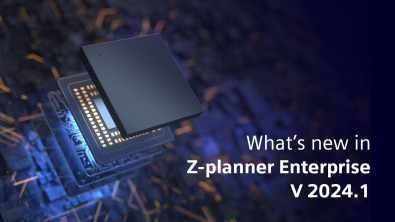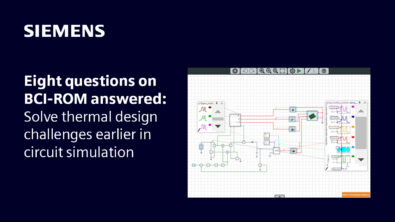Stackups: More than just a bunch of routing layers
Proper stackup design is the key to ensuring maximum performance for your PCB design. Electromagnetic compatibility, signal integrity, power integrity – even proper thermal performance – can all be ensured with the proper stackup design. Given the high route density of most boards nowadays, you try to pack as many routing layers as possible into a given thickness. For most large-scale consumer products, cost is even more important than thickness, and often the number of route layers is the bare minimum just to connect everything. But that doesn’t mean that you have to sacrifice performance or reliability.
Probably the most important aspect of your stackup design is ensuring your signals have a solid reference. That is best accomplished by having solid ground planes throughout the stackup, but that is not always possible, especially given the large power needs of modern ICs. So if you also have a bunch of power planes, they can also be used as a reference, but you need to make sure the signals using that power are the ones references to that plane, or piece of the plane. This is usually not too difficult to implement, since the power pins for I/Os usually sit next to the I/O pins themselves in the IC pinfield.
You can read all about stackup design in my latest article in the PCD&F designers notebook at: http://pcdandf.com/cms/magazine/171-current-issue/7993-designers-notebook


